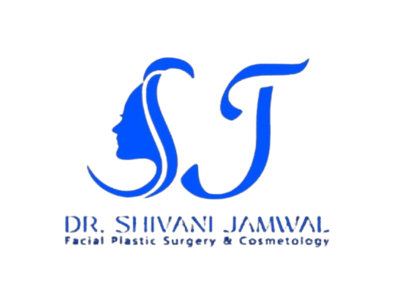+919113043886

This is your website preview.
Currently it only shows your basic business info. Start adding relevant business details such as description, images and products or services to gain your customers attention by using Boost 360 android app / iOS App / web portal.
Description
Cosmetic chin surgery, also known as genioplasty or mentoplasty, is a surgical procedure designed to enhance the appearance of the chin. It can involve various techniques to reshape or reposition the chin to achieve better facial balance and harmony. Here is an overview of the cosmetic chin surgery treatment process: Consultation: The process begins with a consultation with a board-certified plastic surgeon or a facial plastic surgeon specializing in chin surgery. During the consultation, the surgeon assesses the patient's facial features, discusses the patient's goals and expectations, and evaluates the chin's proportions in relation to the rest of the face. Medical Evaluation: The surgeon conducts a thorough medical evaluation, including a review of the patient's medical history, any medications taken, and any existing medical conditions. Diagnostic imaging, such as X-rays or 3D imaging, may be used to assess the underlying bone structure and aid in treatment planning. Treatment Planning: Based on the patient's goals and facial anatomy, the surgeon develops a personalized treatment plan. The plan may involve augmentation (adding volume to the chin), reduction (removing bone or soft tissue), repositioning, or a combination of these techniques. Preoperative Instructions: Before the surgery, the patient receives preoperative instructions, which may include guidelines on medications to avoid, fasting requirements, and any necessary preparations for the recovery period. Anesthesia: Cosmetic chin surgery is typically performed under general anesthesia to ensure the patient's comfort throughout the procedure. Chin Augmentation: For chin augmentation, the surgeon may use various techniques, including: Implants: Solid materials, such as silicone or Medpor implants, can be inserted to add volume to the chin. Fat Grafting: The surgeon may use the patient's own fat harvested from another part of the body to enhance the chin's contours. Chin Reduction or Repositioning: For chin reduction or repositioning, the surgeon may perform osteotomy (cutting and repositioning of the bone) or soft tissue adjustments. The surgeon carefully sculpts the chin to achieve the desired shape and proportion. Incisions: Incisions are strategically placed to minimize scarring and may be made inside the mouth (intraoral incision) or under the chin (submental incision). Sutures and Dressings: The surgeon closes the incisions with sutures and may use dressings or bandages to protect the surgical site. Postoperative Recovery: After the surgery, patients are monitored in a recovery area until they are stable. There may be some swelling, bruising, and discomfort, which can be managed with prescribed medications and cold compresses. Follow-up Appointments: Follow-up appointments are scheduled to monitor the healing process, remove any sutures, and assess the early results. Patients are provided with postoperative care instructions, including guidelines on oral hygiene and activities to avoid during the initial recovery period. Long-Term Results: The final results of cosmetic chin surgery become more apparent as swelling subsides and the tissues heal. Patients can expect improved chin contour and facial balance, enhancing overall facial aesthetics.

